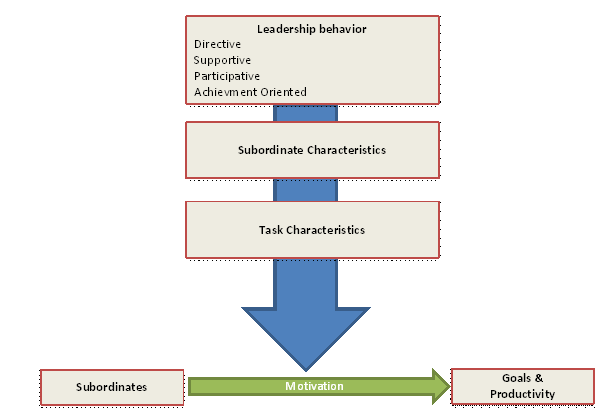The trait approach and the skills approach are both important pieces of the leadership process. Combined they show that many successful leaders start out with desired traits (trait approach) and that those traits can be developed and behaviors can be learned to make the leader more effective (skills approach) (Northouse, 2013). But what about the follower? These two leader-centric approaches can only be a piece of a bigger puzzle because leaders are only a piece of the leadership process. A leader cannot be a leader without followers no matter what they have for skills and traits. And what about the situation? Again, the trait and skills approaches are missing a major factor in the leadership process–context. Leaders and followers react differently depending on the situation. There are some situations in which one person is the leader and there are some situations where a different person is the leader. The process of leadership includes not just leaders, but followers and situations as well.
I think that for leaders to be successful they have to understand both the followers and the situation, meaning leaders must be able to identify what response the situation invokes in themselves and their followers. Leaders who look to be effective in many situations must be prepared to identify the needs of their followers in a specific situation and adapt accordingly. That’s what I like about the situational leadership and path-goal approaches. The situational leadership approach mandates that leaders “match their style to the competence and commitment of the subordinates” in a specific situation (Northouse, 2013, p. 99). In the path-goal approach the leader determines his or her behavior depending on the characteristics of the follower and the characteristics of the task being performed (Northouse, 2013). If only the leader’s traits and skills are taken into account two entire sections of the leadership process are ignored. For example in the path-goal leadership diagram below, taken from Northouse 2013, there would be no way for a leader to reach the level at which he or she can motivate subordinates to reach their goals and be productive without insight on the characteristics of the subordinate and of the task being performed.

I think that leader-centric leadership approaches are a good start and combined with other theories leader-centric approaches are very effective. However, leader-centric approaches like the trait and skills theories can never and should never be the sole leadership theory applied in producing leaders. Effective leadership cannot exist without the consideration of the leader, the follower, and the situation.
Northouse, P.G. (2013). Leadership: theory and practice (6th ed.). Los Angeles, CA: Sage Publications, Inc.


